Have you ever thought of being able to create a virtual PC on a USB stick? Then read on to always have your computer in your pocket with everything you need.
Steps
Method 1 of 2: Install the operating system
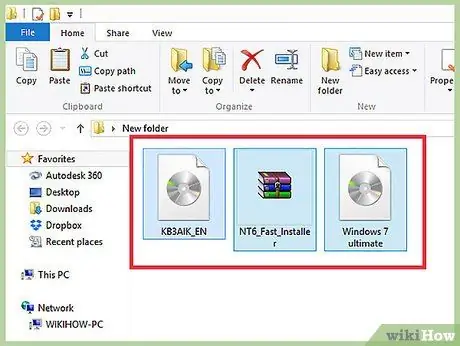
Step 1. Configure your USB stick
To make this project you will need the following tools:
- An 8GB USB stick
- the Windows 7 installation DVD or ISO image
- the Microsoft WAIK program
- NT6 FAST Installer
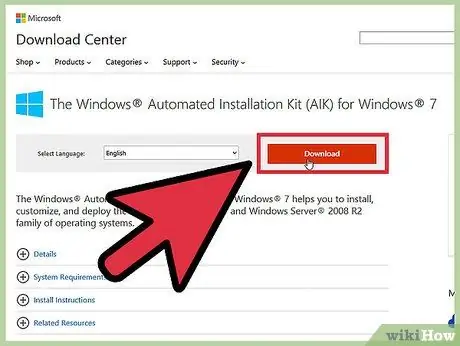
Step 2. Download the Windows Automated Installation KIT (WAIK) program from the web, in the version for Windows 7
Use this download link.
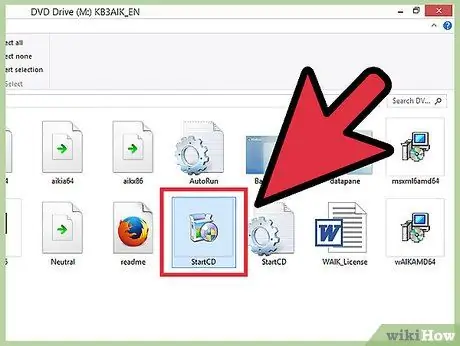
Step 3. Install the Windows Automated Installation Kit software by selecting the StartCD.exe file after mounting the ISO image or burning its DVD
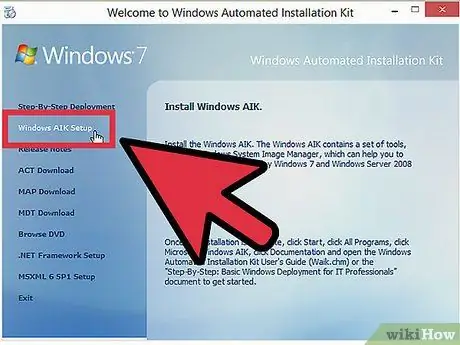
Step 4. In the main installation window, select the 'Install Windows AIK' option from the menu on the left
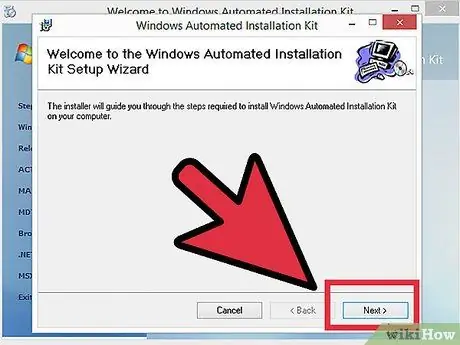
Step 5. Click the 'Next' button to continue
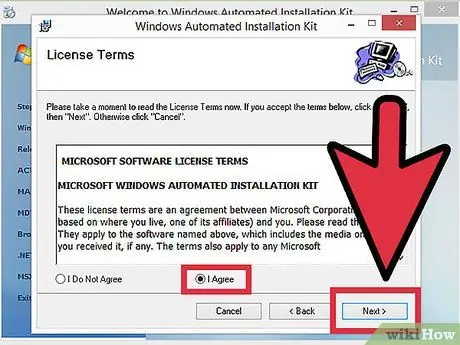
Step 6. Accept the license terms by selecting the relevant button and then click 'Next' to continue with the installation
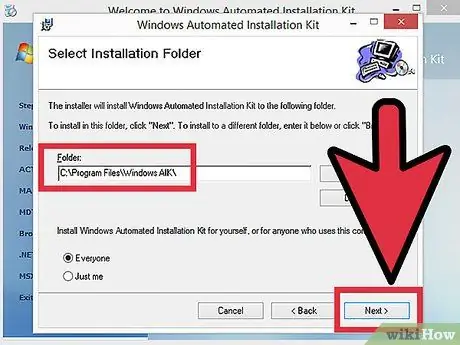
Step 7. Select the installation destination folder
You can choose whether to leave the default one (C: / Program Files / Windows AIK) or select one of your choice. Click 'Next' to continue.
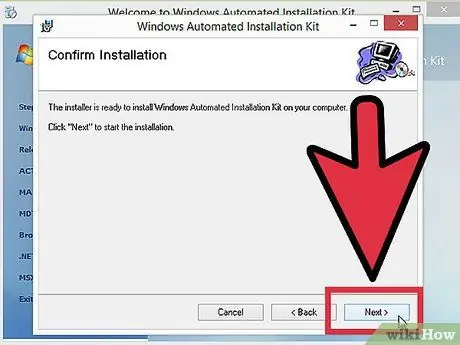
Step 8. Start the installation process by pressing the 'Next' button
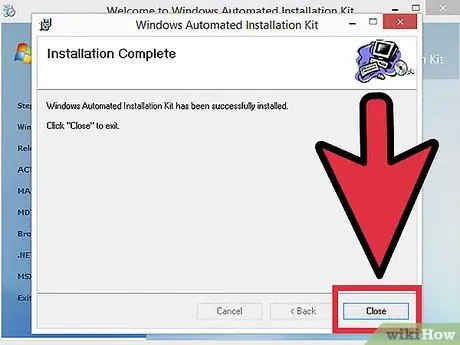
Step 9. At the end of the installation procedure click the 'Close' button

Step 10. Download the NT6 FAST Installer software
Download the relative file by starting the download from this link.
- Select the 'Download' button in the upper left corner of the screen.
- Scroll down the list until you find the 'NT6_Fast_Installed.zip' file, at this point select the 'Download' link to download it.
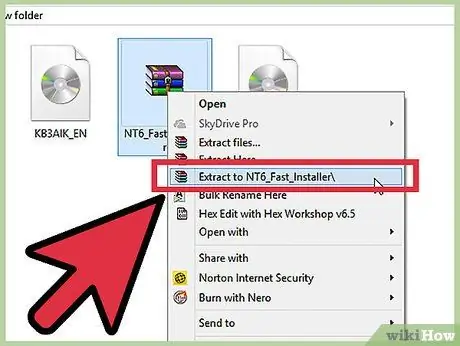
Step 11. Extract the.zip file
Select the file you just downloaded with the right mouse button and, from the context menu that will appear, select the item 'Extract to NT6_Fast_Installer \'.
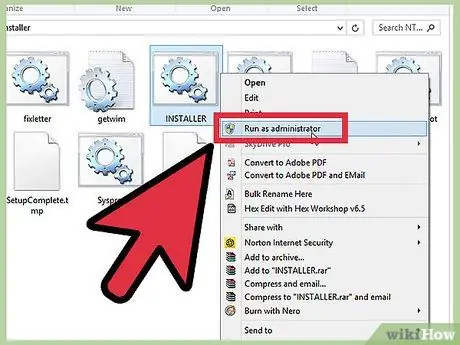
Step 12. Select the INSTALLER.cmd file, with the right mouse button, and, from the contextual menu that will appear, select the item Run as Administrator
A command prompt window will appear.
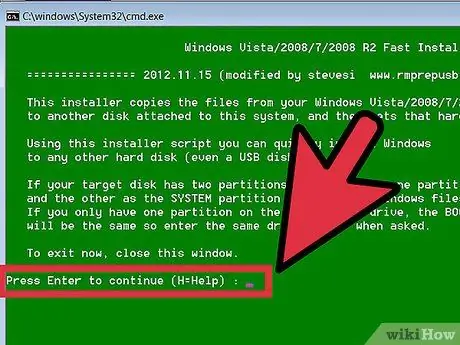
Step 13. Press 'Enter' to continue with the process

Step 14. Follow the on-screen instructions and press any key to select the 'install.wim' file
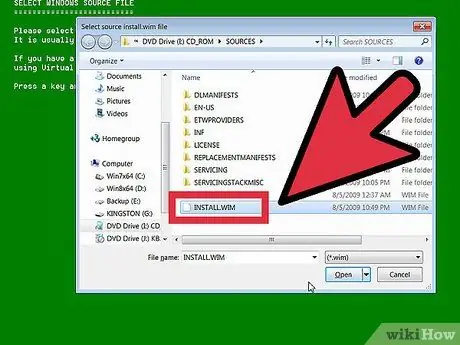
Step 15. In the dialog that will appear, select the 'install.wim' file from the Windows 7 DVD
You will find it in the 'Sources' folder.

Step 16. From the menu that appears, select the operating system version you need, in our example type 4, to choose Windows 7 Professional
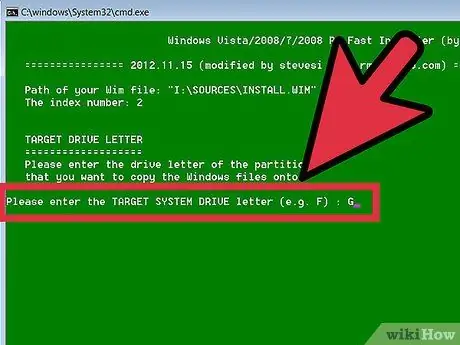
Step 17. Select the drive letter representing your USB stick to continue installing the operating system
In the example the letter 'K' is selected.
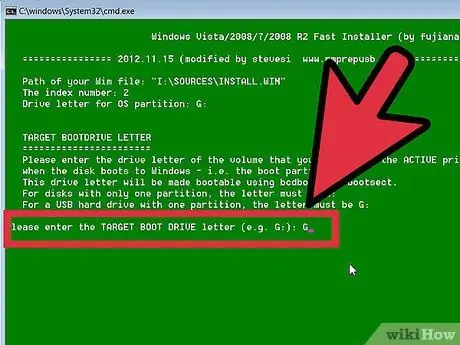
Step 18. Select the boot drive letter
In our example it is always 'K' (it will always be the drive associated with your USB stick).

Step 19. Confirm by pressing the 'Y' key that the logical drive selected for installation is the one associated with your USB device
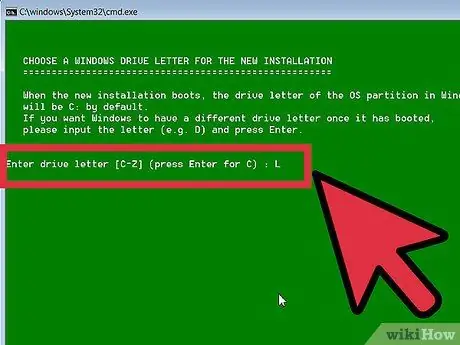
Step 20. Select the drive letter that will be assigned to your virtual computer hard drive
In the example, 'L' was chosen.

Step 21. Press the enter key to begin the installation
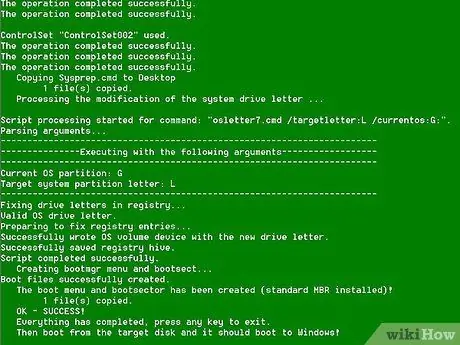
Step 22. Start the operating system
When the installation is 100% you will be able to boot the operating system from the USB stick.
Method 2 of 2: Install the programs
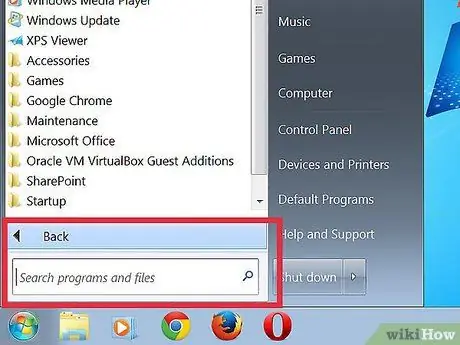
Step 1. Try to have clear ideas about the software you need to install on your virtual computer, and especially about the applications you will need to access when you are away from your computer (the real one)
You will need to install at least one e-mail client (if your e-mail provider allows you to access the POP3 server) and an internet browser. The installation of the most common components of Microsoft Office or, alternatively, of OpenOffice is also recommended. Don't forget to install some entertainment programs as well.
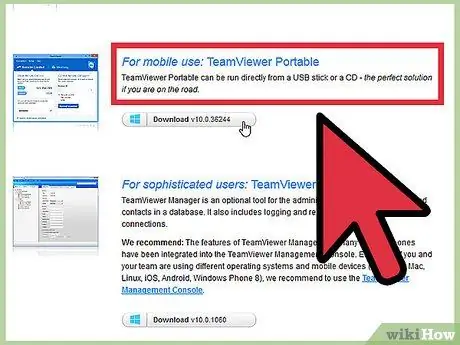
Step 2. Download applications that have been designed, or re-engineered, for use on portable devices
Search the web, using the appropriate keywords, or browse the most up-to-date sites in terms of laptops.
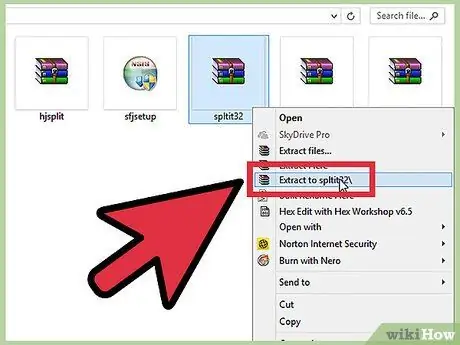
Step 3. Install all the programs of your choice on your USB stick and always carry it with you
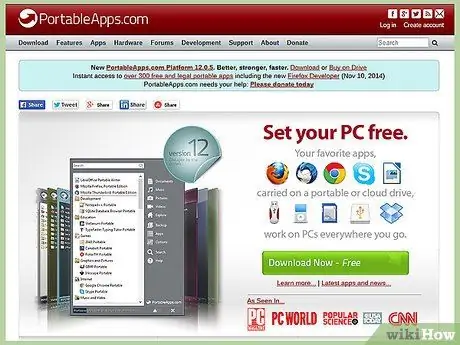
Step 4. Browse this list of applications
You may need to install some of them on your USB device:
- 1by1 - MP3 player
- 7-zip portable - Compressed archive manager
- AceMoney Lite - Financial management software
- Firefox Portable - Portable version of the popular browser
- Foxit PDF - PDF reader
- Filezilla Portable - FTP Client
- FreeOTFE - Data encryption software
- GIMP Portable - Image management software
- Google Talk - Portable Version
- Opera USB - Portable version of the Opera browser
- OpenOffice Portable - The complete OpenOffice package
- Pidgin Portable - Instant messaging software (formally known as Gaim)
- Portable Scribus - Publishing Software
- Sudoku Portable - Every now and then it takes some fun …
- Syncback - To synchronize and back up applications
- The Sage - Dictionary
- Thunderbird Portable - Email client
- Torpark - Portable version of the TOR internet browser, which can be used to surf the web anonymously
- TrueCrypt - Data encryption software
- uTorrent - BitTorrent Client
Advice
- Back up often! The files change each time the related applications are used. This is especially true in the case of e-mail applications and internet browser applications. A USB device has much less storage capacity than a hard drive, so backing up your USB stick to your computer shouldn't be a problem at all.
- Not everything can become completely 'portable'. Check what changes to make to the applications you want to use.






